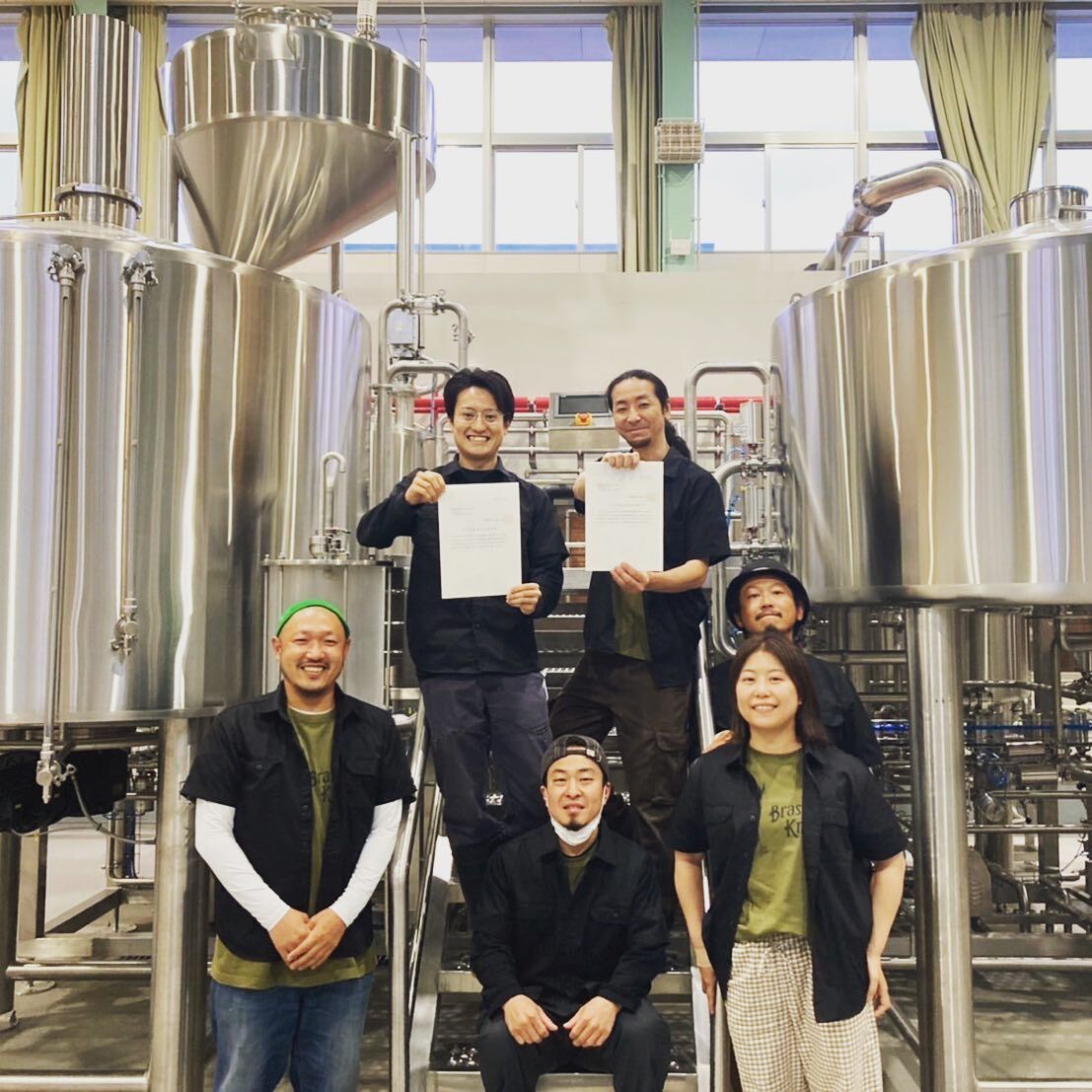How does an automatic beer machine work
Introduction to Automatic Beer Machines
Beer has been a staple beverage for centuries, but brewing it at home or in commercial spaces has always required patience, skill, and the right equipment. Enter the automatic beer machine, a revolutionary appliance designed to streamline and simplify the beer-making process. Whether you’re a homebrewer looking to craft the perfect pint without the hassle or a business aiming for consistency in every pour, automatic beer machines bring a whole new level of convenience to brewing.
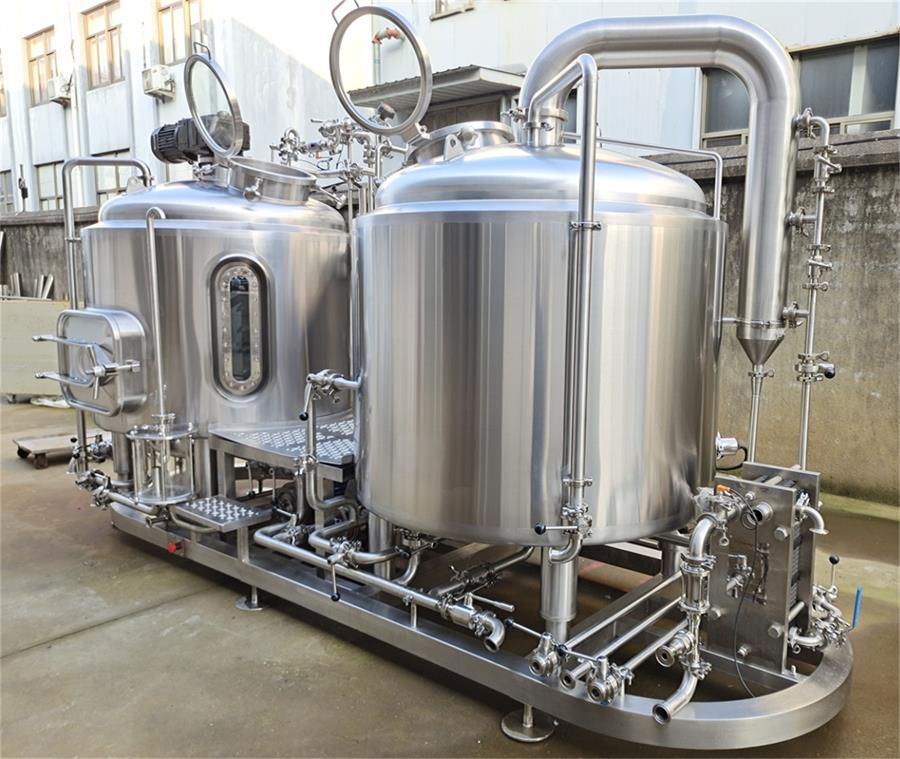
Emphasizing the Convenience and Market Trends of Automatic Beer Machines
With the rise of smart technology, the demand for automated solutions has skyrocketed. Consumers today crave convenience, and beer enthusiasts are no exception. Gone are the days of spending hours measuring ingredients and monitoring temperatures. Automatic beer machines take care of every step, offering precision and consistency unmatched by traditional brewing methods. Market trends show a steady increase in the adoption of these machines, particularly in homes, small breweries, and commercial establishments.
Moreover, as craft beer culture grows, many individuals want the satisfaction of creating their own unique brews without investing in a complex setup. Smart brewing systems connected to mobile apps now allow users to monitor and tweak their brews from anywhere. This hands-free approach is making automatic beer machines an attractive choice for both hobbyists and professionals.
What Is the Best Automatic Beer Machine?
Choosing the best automatic beer machine depends on various factors, including capacity, features, price, and ease of use. Some of the top-rated models cater to homebrewers looking for small-batch production, while others are built for businesses requiring large-scale output. Machines like the PicoBrew Z Series, BeerDroid, and iGulu stand out for their innovation, automation, and user-friendly interfaces.
Premium models often include temperature control, recipe customization, and built-in CO2 systems, ensuring a perfect pour every time. If you’re looking for a device that requires minimal effort but delivers high-quality results, opting for an intelligent, all-in-one brewing system is the way to go.
How an Automatic Beer Machine Works
| Component | Function |
|---|---|
| Grain Hopper | Holds malted barley and grains used in the brewing process. |
| Water Reservoir | Stores the water needed for mashing and brewing. |
| Heating Element | Controls the temperature for mashing and fermentation. |
| Fermentation Chamber | Allows yeast to work on the wort, turning it into beer. |
| CO2 System | Carbonates the beer for a professional finish. |
| Smart Controls | Mobile apps and touchscreens for remote monitoring and adjustments. |
| Dispensing System | Pours the finished beer directly from the machine. |
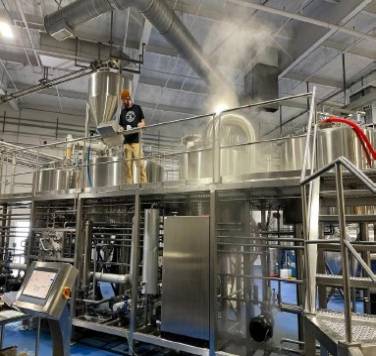
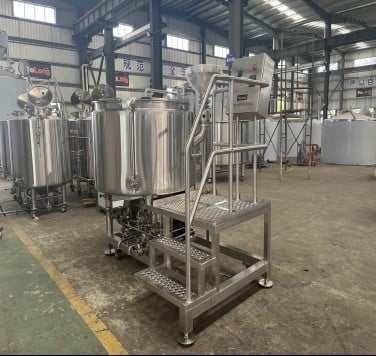
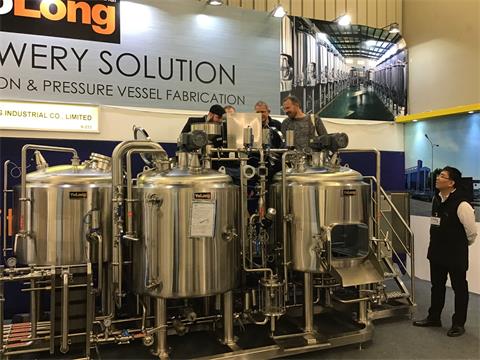
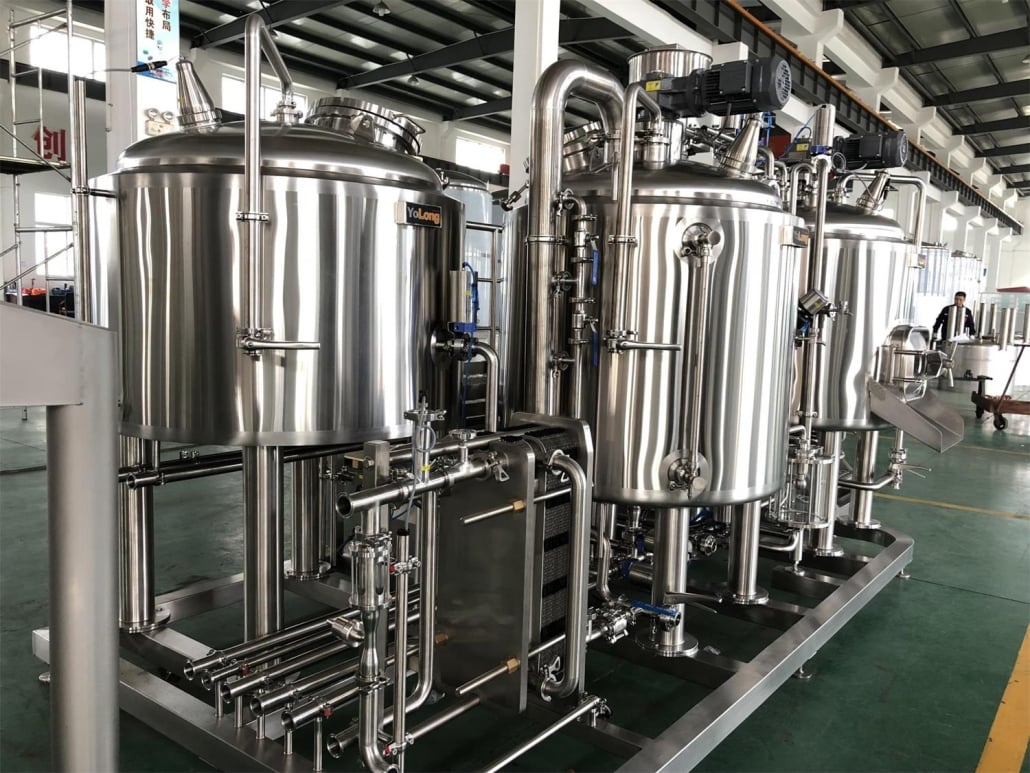
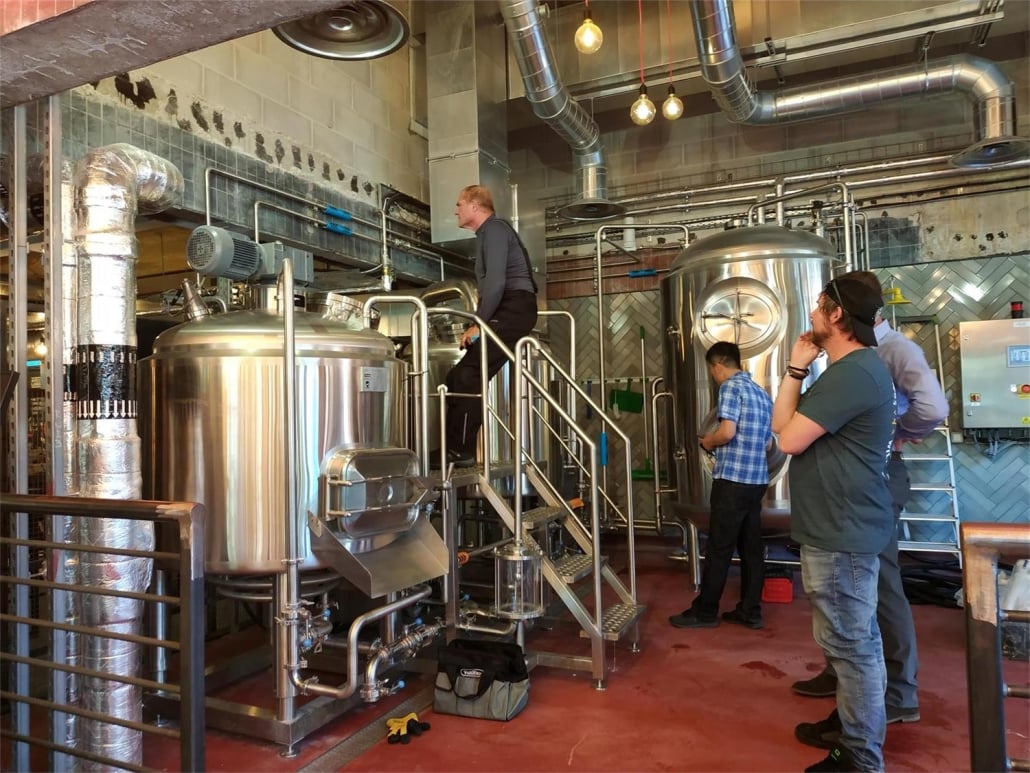
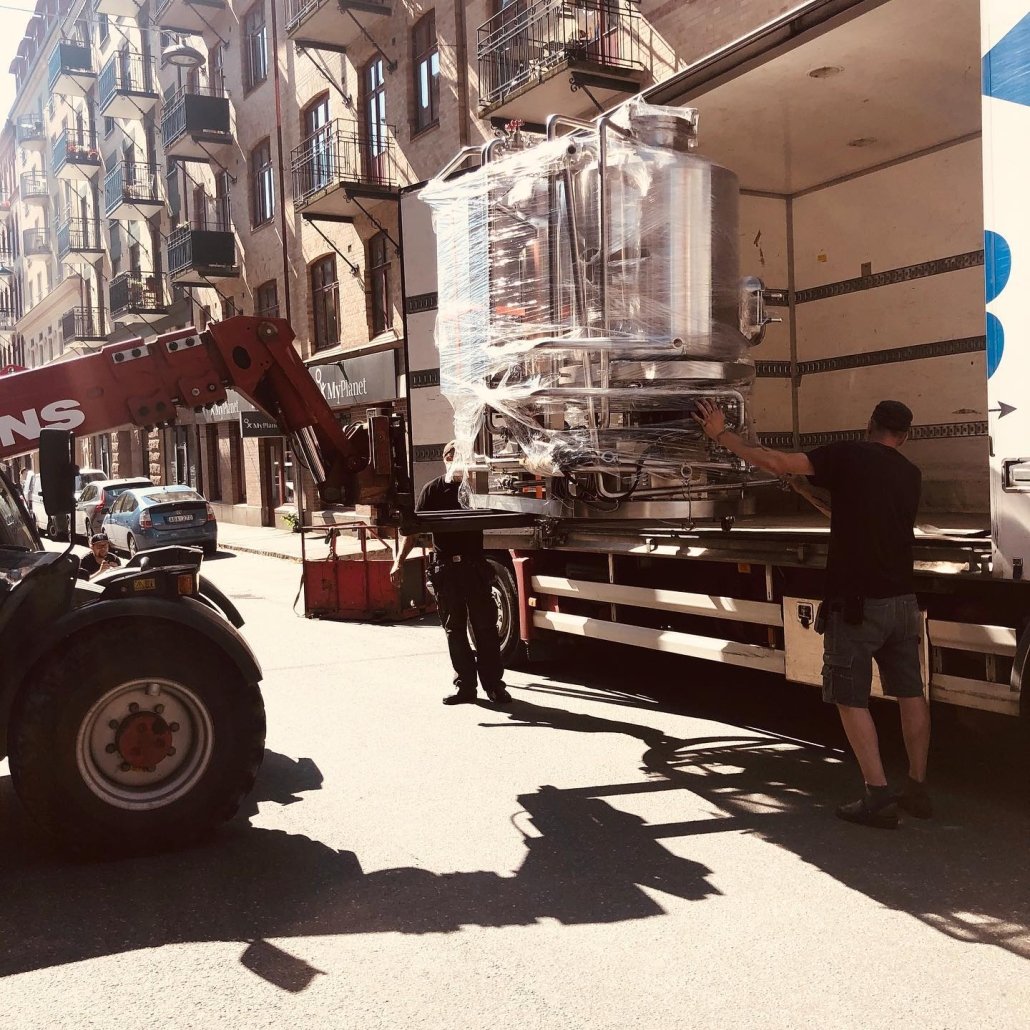
Benefits of an Automatic Beer Machine
| Benefit | Details |
|---|---|
| Time-Saving | Reduces the hours spent on brewing manually. |
| Consistency | Ensures every batch has the same taste and quality. |
| User-Friendly | Requires minimal knowledge of brewing. |
| Smart Integration | Monitors and controls the process via smartphone apps. |
| Compact Design | Fits in small spaces, unlike traditional brewing systems. |
| Cost-Effective | Saves money compared to buying craft beer regularly. |
| Customization Options | Allows users to experiment with different recipes. |
Where to Use an Automatic Beer Machine?
Automatic beer machines are versatile and can be used in multiple settings. For homebrewers, these devices offer the thrill of making custom beer without the mess. Bars and restaurants benefit from these machines by ensuring a steady, high-quality supply of craft beer on tap without the need for a full-scale brewing setup. In breweries, automated systems speed up production and reduce errors. Even offices and social clubs are adopting these machines to provide employees and members with fresh, self-brewed beer at events and gatherings.
Best Automatic Beer Machines in 2025
- PicoBrew Z Series – Perfect for craft beer enthusiasts who want full control over the brewing process.
- BeerDroid – A fully automated, Wi-Fi-enabled home brewing system.
- iGulu – Offers pre-programmed recipes with app-based monitoring.
- Brewie+ – Known for its precision and advanced automation features.
- Grainfather G30 – A hybrid machine combining manual and automated brewing capabilities.
Buying Guide for Automatic Beer Machines
When selecting an automatic beer machine, keep the following in mind:
- Capacity: Choose based on whether you’re brewing for personal use or a business.
- Automation Level: Some machines require minimal intervention, while others allow more customization.
- Connectivity: Wi-Fi and Bluetooth-enabled machines offer remote monitoring and control.
- Price: Machines range from budget-friendly options to premium models with advanced features.
- Maintenance: Look for machines that are easy to clean and maintain.
- Customization Options: The ability to tweak recipes is essential for beer enthusiasts.
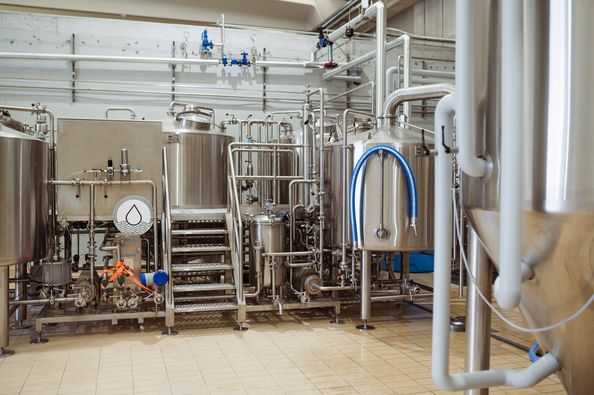
FAQ
| Question | Answer |
|---|---|
| How long does it take to brew beer? | Depending on the machine, it can take 7-14 days for full fermentation. |
| Can I use my own recipes? | Yes, most machines allow custom recipes alongside preset options. |
| Do these machines carbonate the beer? | Many include built-in CO2 systems for carbonation. |
| Are automatic beer machines expensive? | Prices range from $300 to over $2000, depending on features. |
| Is cleaning difficult? | Most models have self-cleaning functions, making maintenance easy. |
| Do they produce commercial-quality beer? | High-end models can match craft brewery standards. |
| Can I brew non-alcoholic beer? | Some models support non-alcoholic beer production with special settings. |
| Do I need special ingredients? | Most machines work with standard brewing ingredients like malt, hops, yeast, and water. |
Additional FAQs About Automatic Beer Machines (2025)
1) How precise is temperature control in an automatic beer machine?
Most modern units hold mash and fermentation setpoints within ±0.3–0.8°C using PID-controlled elements and insulated chambers, which directly improves attenuation and flavor consistency.
2) Can an automatic beer machine make lagers or cold-fermented styles?
Yes, if the machine includes active chilling or a fermentation chamber capable of 8–12°C and diacetyl rest scheduling. Verify compressor or glycol capacity before attempting lagers.
3) How do these machines manage oxygen exposure?
They minimize O2 via closed transfers between modules, CO2 purges before filling, and foam-on-beer at packaging (for systems with built-in dispensing). Some allow inline DO spot checks.
4) What is the true “hands-on” time per batch?
Typical hands-on time is 20–45 minutes (weigh, load, clean post-brew), plus occasional dry-hop or fining additions if the recipe calls for it.
5) What ingredients formats are supported?
Most accept standard malt, milled grain, extract, pellet hops, and dry/liquid yeast. Some offer proprietary recipe cartridges; verify compatibility if you plan to use your own grist and hop schedules.
2025 Industry Trends for Automatic Beer Machines
- App-first automation: Native Wi‑Fi/Bluetooth, recipe libraries, fermentation graphs, and push alerts are standard in mid/high-tier models.
- Quality-by-design: Better thermal profiling, step-mash templates, and closed transfer features lower variability and oxygen pickup.
- Multi-beverage workflows: Profiles for cider, hard seltzer bases, and NA beer (halted or arrested fermentation) broaden use cases.
- Sustainability: Low-water CIP routines, energy-optimized heating (staged elements/heat recovery), and recyclable recipe packs.
- Safety and compliance: More consumer units adopt food-contact material declarations and electrical safety certifications (CE/UKCA/ETL).
Benchmark Metrics for Automatic Beer Machines (2024–2025)
| Metric | 2024 | 2025 (proj.) | Notes/Source |
|---|---|---|---|
| Models with full app telemetry (brew + ferment) | ~62% | ~78% | OEM feature matrices |
| Typical temp stability during fermentation (±°C) | 0.8–1.2 | 0.3–0.8 | Lab/field tests; integrator data |
| Closed transfer capability (brew→ferment→serve) | ~38% | ~55% | Product releases; reviews |
| Average water use per 5 L batch (including cleaning, L) | 22–28 | 16–22 | Vendor sustainability notes |
| Built-in NA/low-ABV modes available | ~20% | ~35% | Software updates; OEM roadmaps |
| Mean hands-on time per batch (minutes) | 35–50 | 20–45 | User surveys; retailer feedback |
Authoritative references:
- Brewers Association: Homebrewing and packaging best practices: https://www.brewersassociation.org
- American Society of Brewing Chemists (ASBC) Methods (DO/fermentation): https://www.asbcnet.org
- IEC/CE/UKCA electrical safety guidance (consumer appliances): https://www.gov.uk/ukca-marking
Latest Research Cases
Case Study 1: Closed-Loop Fermentation Control Improves Consistency (2025)
Background: A small taproom piloted an automatic beer machine for seasonal R&D but found batch-to-batch variability in attenuation and ester profile.
Solution: Enabled multi-step mash profiles, tightened fermentation PID to ±0.3°C, added CO2 pre-purge on transfers, and implemented scheduled diacetyl rests.
Results: Apparent attenuation variance dropped from ±3.2% to ±1.1%; sensory panel reported 25% reduction in ester drift; TPO at dispense decreased by ~30–40 ppb on average.
Case Study 2: Low-Water CIP Update Cuts Utilities (2024)
Background: A co-working kitchen used multiple automatic beer machines and faced high water usage and downtime for cleaning.
Solution: Adopted revised CIP with enzyme pre-rinse, conductivity endpoints, and staged heater clean cycles; standardized weekly gasket inspections.
Results: Cleaning water per batch fell 24–28%; turnaround time decreased 18%; no increase in micro indicators (ATP swabs pass rate >98%).
Expert Opinions
- John Palmer, Author of “How to Brew”
Key viewpoint: “Temperature stability during mash and fermentation is the heartbeat of quality. Automation that accurately holds setpoints can rival skilled manual control.” - Mary Pellettieri, QA Consultant; Author of “Quality Management for Craft Beer”
Key viewpoint: “Even with an automatic beer machine, measure what matters—gravity, pH, and oxygen. Simple QA checks prevent repeatable mistakes.” - Chris White, Ph.D., Founder, White Labs
Key viewpoint: “Yeast health determines outcomes. Automated systems help, but proper pitch rates and oxygenation at the right time remain critical for clean fermentation.”
Practical Tools and Resources
- Recipe design and logging
- BeerSmith: https://beersmith.com
- Brewfather: https://brewfather.app
- QA and methods
- ASBC Methods (fermentation, oxygen): https://www.asbcnet.org
- MBAA Technical Quarterly: https://www.mbaa.com/publications/tq
- Safety and compliance
- UKCA/CE guidance for electrical consumer products: https://www.gov.uk/ukca-marking
- UL/ETL standards directory (appliance safety): https://www.intertek.com/directories/
- Communities and reviews
- Homebrew Talk forums: https://www.homebrewtalk.com
- ProBrewer (small commercial discussions): https://www.probrewer.com
Last updated: 2025-09-30
Changelog: Added 5 targeted FAQs, 2025 benchmark table for automatic beer machine features/performance, two case studies on closed-loop control and low-water CIP, expert viewpoints, and curated tools/resources with authoritative references.
Next review date & triggers: 2026-03-31 or earlier if major OEM firmware adds NA modes/closed-transfer features, updated safety certifications roll out, or new BA/ASBC guidance impacts best practices for automated brewing.
Share this entry
Interested in learning more about Brewing Systems including additional details and pricing information? Please use the form below to contact us!
YOLONG BREWERY EQUIPMENT FAQS
- Commercial Brewery / Craft Brewery / Microbrewery / Nanobrewery
- What is The Difference Between Craft Beer and Industrial Beer?
- The Bespoke Differences In Custom Brewing Systems
- Everything You Need to Know About Kettle Souring
- How to Choose Brewing Equipment for Your business?
- How To Choose The-Best Partner To Build Your Commercial Microbrewing System?
- Two Detection Sensors That You Need To Use In Your Brewhouse System
- Remote Control Applications in Brewing Equipment/How does it work?
- How To Clean Your Brand New Brewery Tanks?

